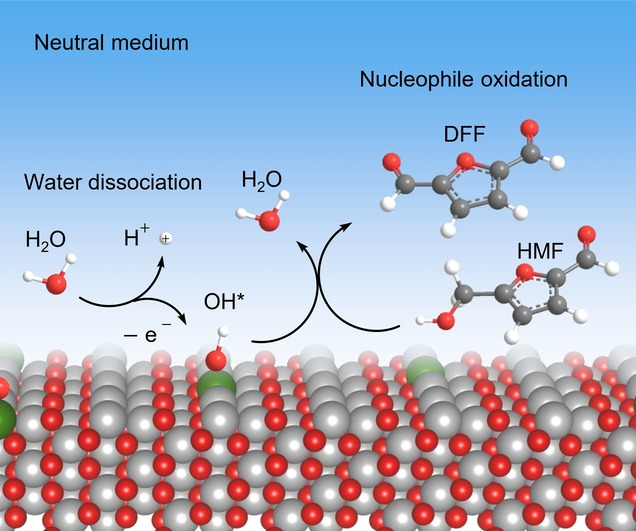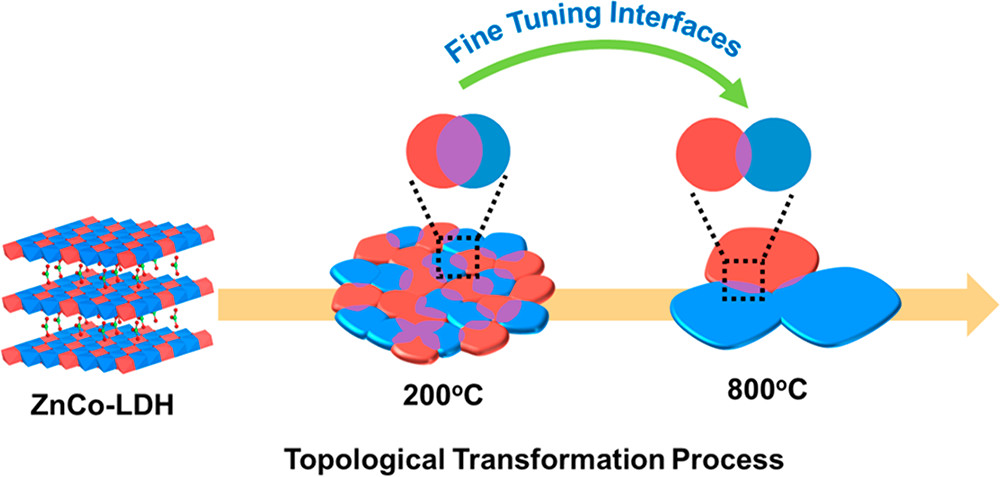36. Selective Photoelectrocatalytic Glycerol Oxidation to Dihydroxyacetone via Enhanced Middle Hydroxyl Adsorption over Bi2O3-incorporated Catalyst
Luo, L., Chen, W., Xu, S. M., Yang, J., Li, M., Zhou, H., Xu, M., Shao, M., Kong, X., Li, Z.*, Duan, H.*
J. Am. Chem. Soc. 2022, 144 , 7720–7730
DOI: 10.1021/jacs.2c00465
Abstract
Photoelectrocatalytic (PEC) glycerol oxidation offers a sustainable approach to produce dihydroxyacetone (DHA) as a valuable chemical, which can find use in cosmetic, pharmaceutical industries, etc. However, it still suffers from the low selectivity (≤60%) that substantially limits the application. Here, we report the PEC oxidation of glycerol to DHA with a selectivity of 75.4% over a heterogeneous photoanode of Bi2O3 nanoparticles on TiO2 nanorod arrays (Bi2O3/TiO2). The selectivity of DHA can be maintained at ∼65% under a relatively high conversion of glycerol (∼50%). The existing p–n junction between Bi2O3 and TiO2 promotes charge transfer and thus guarantees high photocurrent density. Experimental combined with theoretical studies reveal that Bi2O3 prefers to interact with the middle hydroxyl of glycerol that facilitates the selective oxidation of glycerol to DHA. Comprehensive reaction mechanism studies suggest that the reaction follows two parallel pathways, including electrophilic OH* (major) and lattice oxygen (minor) oxidations. Finally, we designed a self-powered PEC system, achieving a DHA productivity of 1.04 mg cm–2 h–1 with >70% selectivity and a H2 productivity of 0.32 mL cm–2 h–1. This work may shed light on the potential of PEC strategy for biomass valorization toward value-added products via PEC anode surface engineering.



